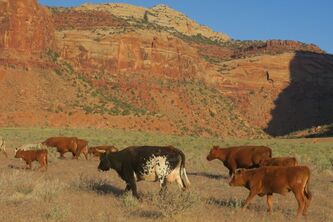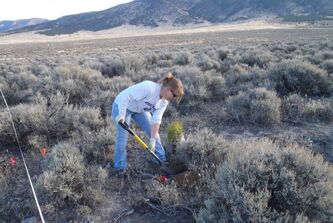|
We work in rangelands that are managed simultaneously for sustainable livestock production and wildlife conservation. We take a predominantly field-based experimental approach to address two fundamental questions facing sustainable management of rangelands: 1) What are the ecological effects of large herbivores, including both domestic livestock and wild ungulates? and 2) How do we successfully restore degraded rangelands?
|
|
Livestock & wildlife
Our research into the ecological effects of large herbivores focuses primarily on: 1) the impacts of cattle grazing and how that grazing is managed and 2) disentangling the effects of livestock vs. wild ungulates on the rangelands they share.
|
Restoration
Our restoration research aligns predominantly along two main themes: 1) examining the factors governing failures and successes of current restoration approaches and 2) developing and testing innovative new approaches to restoration.
Read more here.
|
|
Key partners and funding sources:
|










